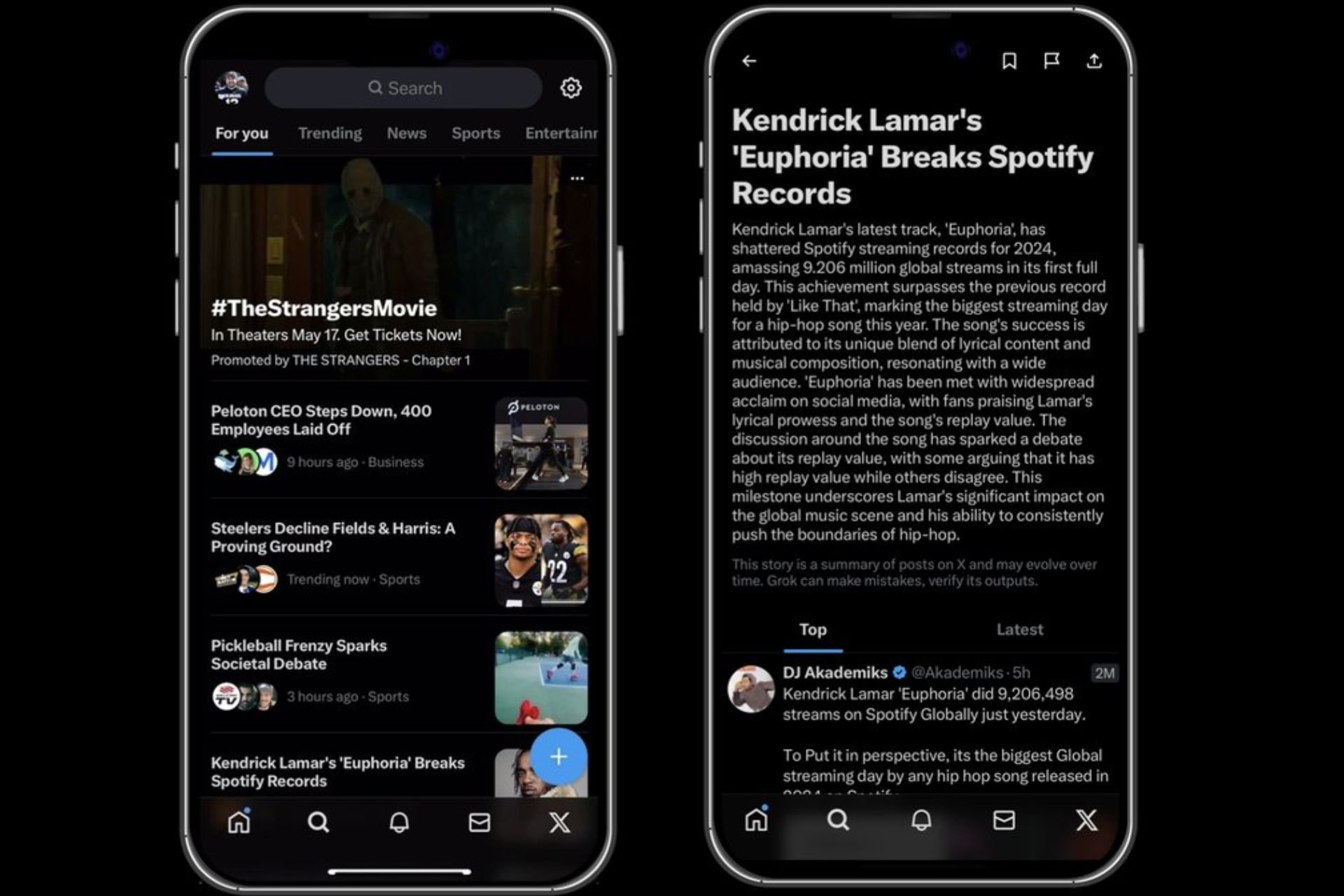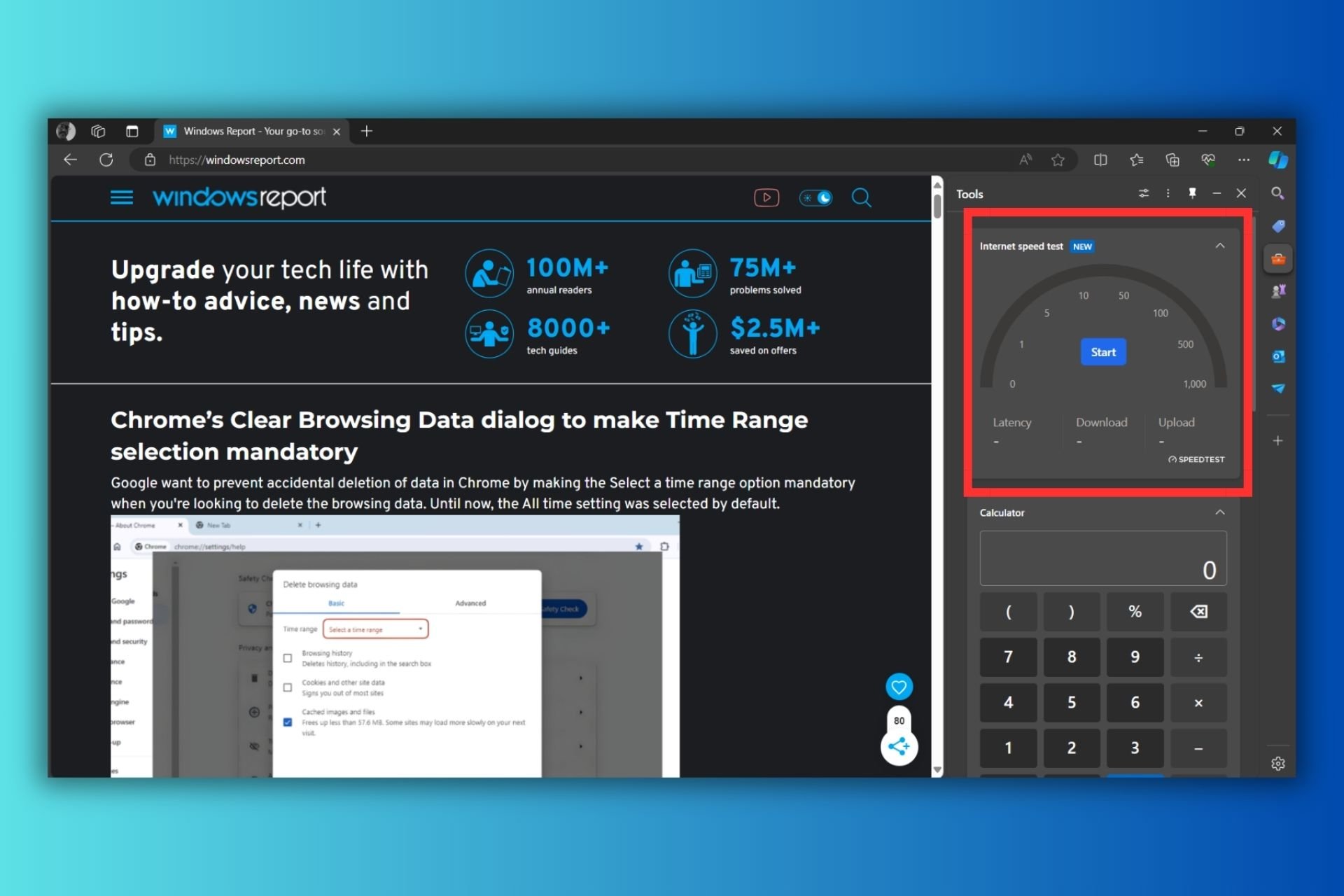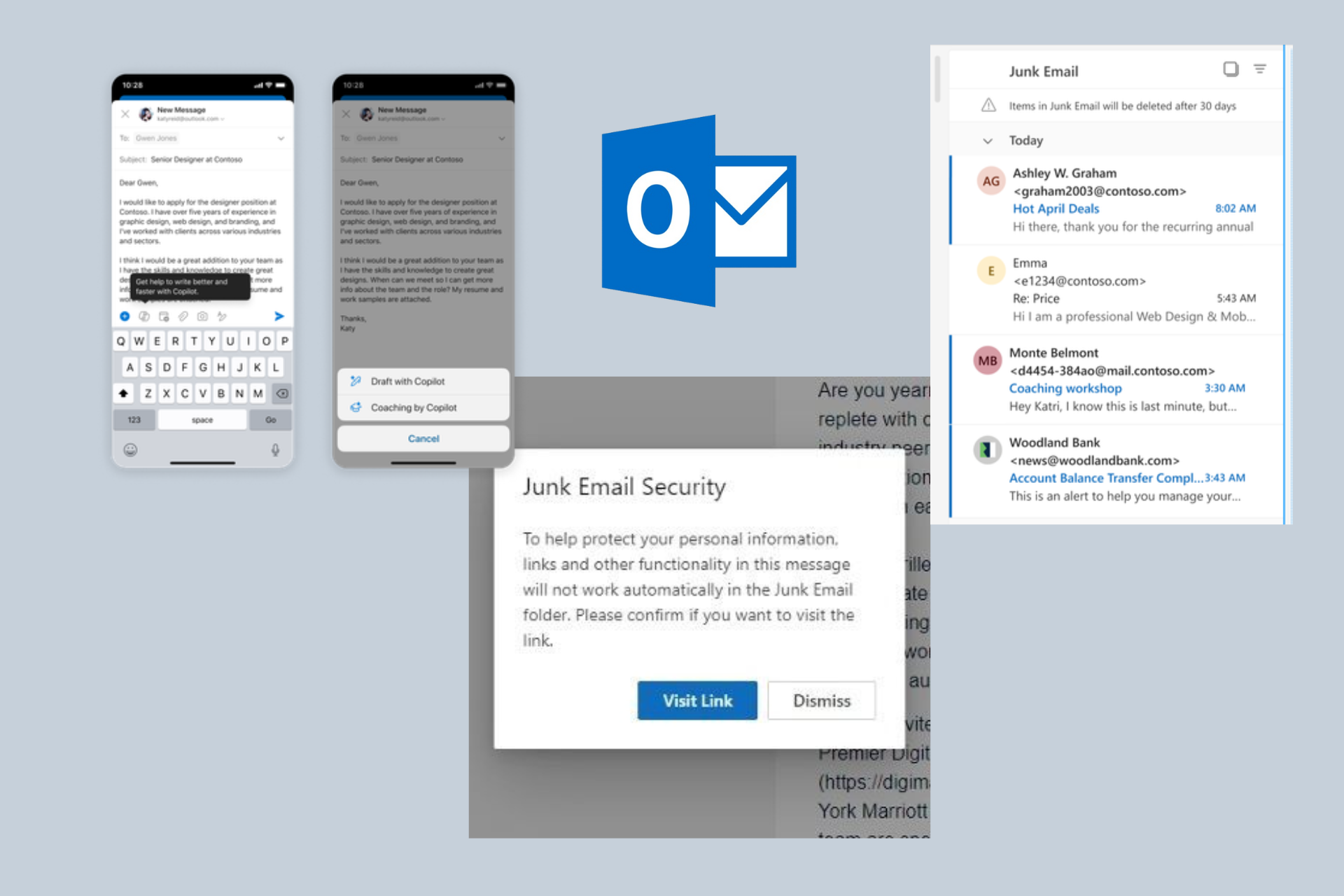Windows 9 (Threshold) will be built around you and your feedback
2 min. read
Published on
Read our disclosure page to find out how can you help Windows Report sustain the editorial team Read more
Remember the wonderful “Windows 7 was my idea” line of advertisements? Perhaps Microsoft used that slogan a little too early, as information regarding the testing of Windows Threshold has started surfacing on the web, and it seems Threshold may be Microsoft’s most consumer-orientated operating system yet with feedback being the main drive for features and changes.
With Windows 8, feedback wasn’t a main factor for change with its development. Users complained and complained about changes being made to the operating system, but Microsoft stuck to their ground and refused to change what consumers wanted. The end result with this mindset was (and still is) an operating system with less market share than its brother of 12 years ago. Microsoft is finally aware that the feedback they receive is actually valuable, and is starting to take advantage of this.
According to Mary Jo Foley from ZDNet and Brad Sams from Neowin, the upcoming Windows Technical Preview for Enterprise will be built around the feedback you give it. Those using the preview will be asked to fill out surveys about different features within the operating system, whether you like it or don’t like it and whether it works well. Microsoft will listen to this feedback, and there’s even a possibility that the preview will be different for each user.
By different, we mean that the feedback you give could alter the updates you receive via Windows Update. In other words, depending on the feedback you give, you could end up with a different set of features as to someone who submitted different feedback. It’s currently unclear whether this feature will translate into the retail version of Windows Threshold, we assume it won’t, but you never know. What do you think about this way of ‘beta testing’? Let us know below!









